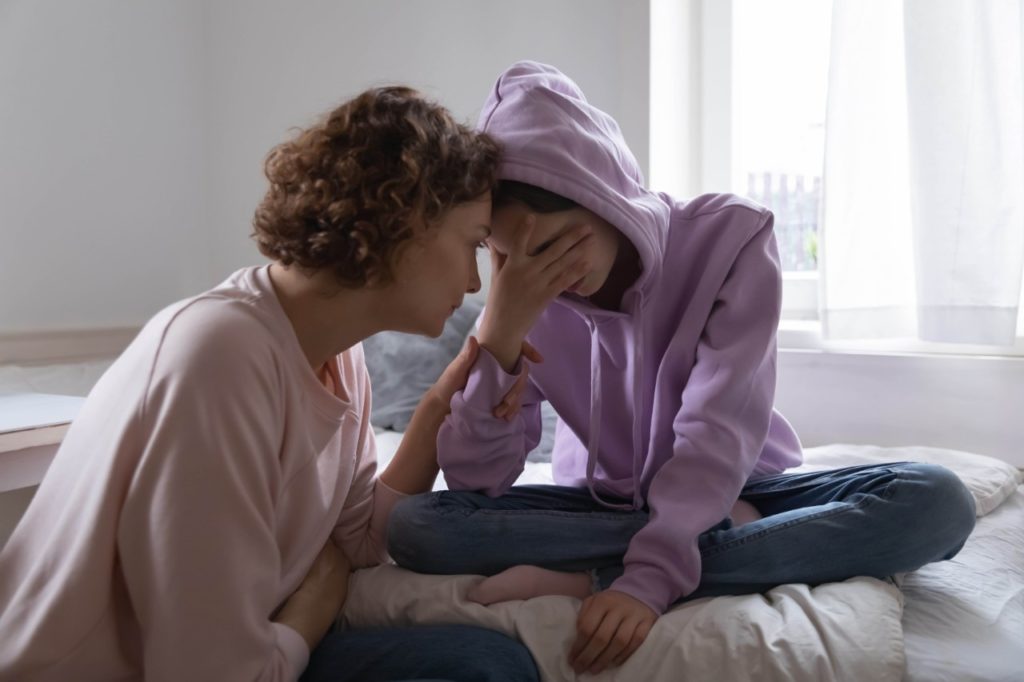One-way fear signals
Cues make it tough for anxious kids to regulate emotions

Strong signals from the brain’s fear centers make it harder for anxious and stressed children to regulate their emotions, according to new Stanford research.
The research, published April 21 in Biological Psychiatry, explored how anxiety and chronic stress change emotion-regulation circuits in 10- and 11-year-olds. Brain scans examined signals between one of the two amygdalae — fear centers on the brain’s right and left sides — and the dorsolateral prefrontal cortex, a region involved in decision-making and regulating emotion.
Anxious and stressed kids had stronger signals from the fear center to the dorsolateral prefrontal cortex, but no such effects in the reverse direction. They were also less able to modify their emotional reactions during the study.
“This study shows that the communication between our emotional centers and our thinking centers becomes less fluid when there is significant stress,” said senior author Vinod Menon, PhD, professor of psychiatry and behavioral sciences.
